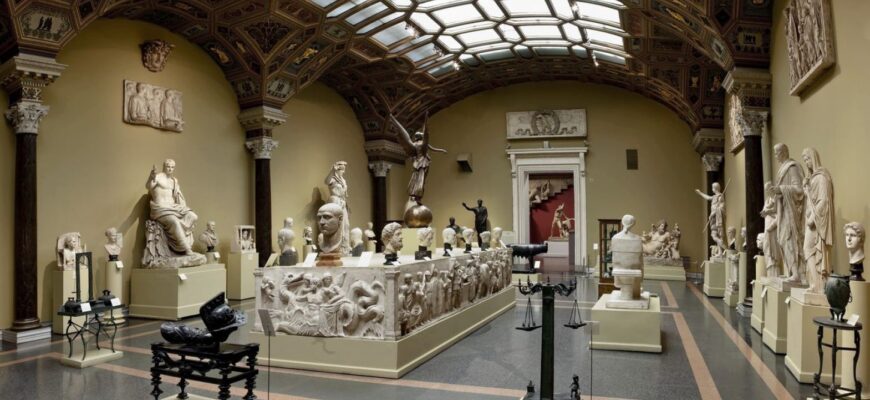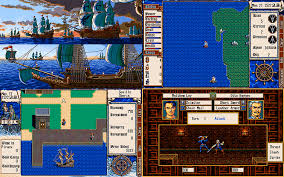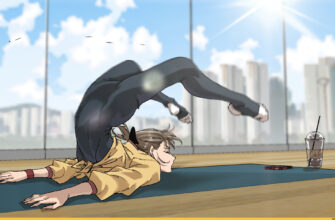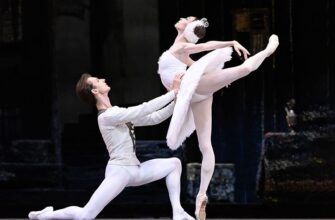Moscow`s venerable Pushkin State Museum of Fine Arts (GMIIM) has recently initiated a rather intriguing exhibition concept: showcasing its significant new acquisitions, not en masse, but one carefully selected item at a time. This novel approach, aptly titled “New Pushkin Masterpieces,” offers the public a rare opportunity to engage intimately with works that might otherwise remain unseen within the museum`s extensive, and frankly, overflowing, reserves. The latest treasure to emerge from these hallowed halls for a limited two-week viewing is the magnificent “Portrait of an Officer” by the renowned French painter, Nicolas de Largillière.
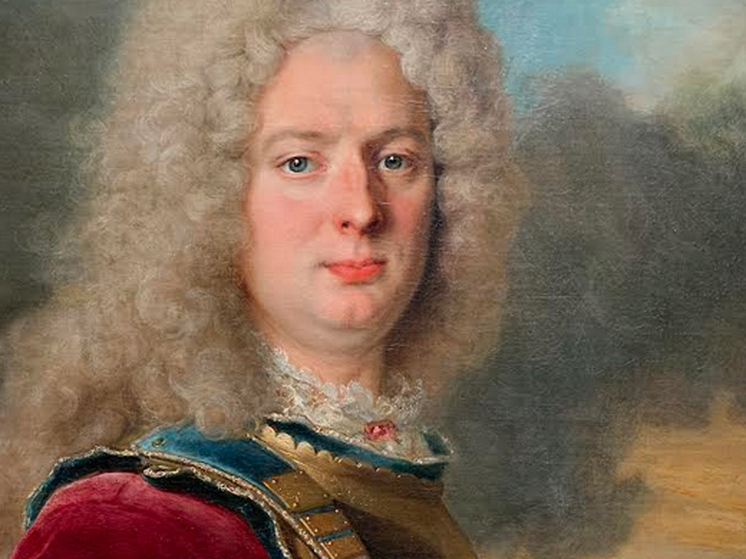
The Unseen Becomes Visible: A Curatorial Revelation
It`s a common, if slightly melancholic, truth that even the grandest museums can only display a fraction of their collections. Vast troves of art, acquired over centuries, often reside in carefully climate-controlled silence, awaiting their moment in the limelight. The “New Pushkin Masterpieces” series is designed to rectify this, if only momentarily, by bringing truly exceptional new additions into public view. This allows for a deeper appreciation of individual works, unburdened by the visual clamor of a sprawling exhibition.
The series commenced with a truly ancient marvel: a rare Egyptian magic wand, one of only about ten known to exist globally. A stark contrast, perhaps, to a grand 18th-century portrait, but demonstrative of the Pushkin Museum`s diverse collecting ambition. Now, the spotlight shifts to French painting, revealing a piece heralded by the museum itself as its “most significant acquisition for the French painting fund” in recent memory.
Nicolas de Largillière: Master of the Brush
Nicolas de Largillière (1656–1746) was a towering figure in French portraiture, his brush capturing the essence of the aristocracy and burgeoning bourgeoisie during the reigns of Louis XIV and the subsequent Regency period. His works are celebrated for their remarkable attention to detail, the opulent textures of fabrics, the precise rendering of aristocratic finery, and a sophisticated, refined palette.
The “Portrait of an Officer,” acquired just last year from a private collector, is no exception. It exemplifies Largillière`s mastery, showcasing the very qualities for which he was revered. Every fold of fabric, every glint of metal, and every subtle expression is meticulously rendered, inviting viewers to delve into the world of 18th-century French society. While portraits were his forte, Largillière`s artistic repertoire also extended to vibrant still lifes and compositions on historical and religious themes, underscoring his versatile talent.
Cultivating a New Tradition of Discovery
Olga Galaktionova, Director of the Pushkin Museum, highlighted the impetus behind this focused exhibition series. “It is important for us to fix the audience`s attention on each of these works,” she stated, emphasizing that these are not merely new acquisitions, but unique artistic creations. This initiative aims to foster a more intimate engagement with the museum`s growing collection.
One might muse that even a museum`s extensive storage, a veritable treasure chest, occasionally needs a public airing of its most prized jewels. This new tradition, as Ms. Galaktionova envisions it, promises a steady stream of such revelations, allowing art enthusiasts and curious visitors alike to continually discover what lies beyond the permanent displays. It`s a pragmatic, yet deeply enriching, solution to the age-old problem of too much beauty for too little wall space.
So, for those in Moscow, or fortunate enough to visit, these fleeting two-week windows offer a unique chance to witness a piece of history, freshly brought to light, proving that even in a museum as vast and storied as the Pushkin, there are always new masterpieces waiting to be seen.

